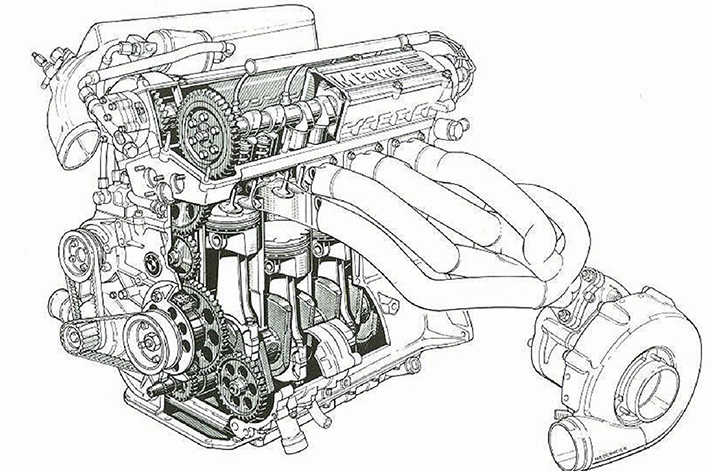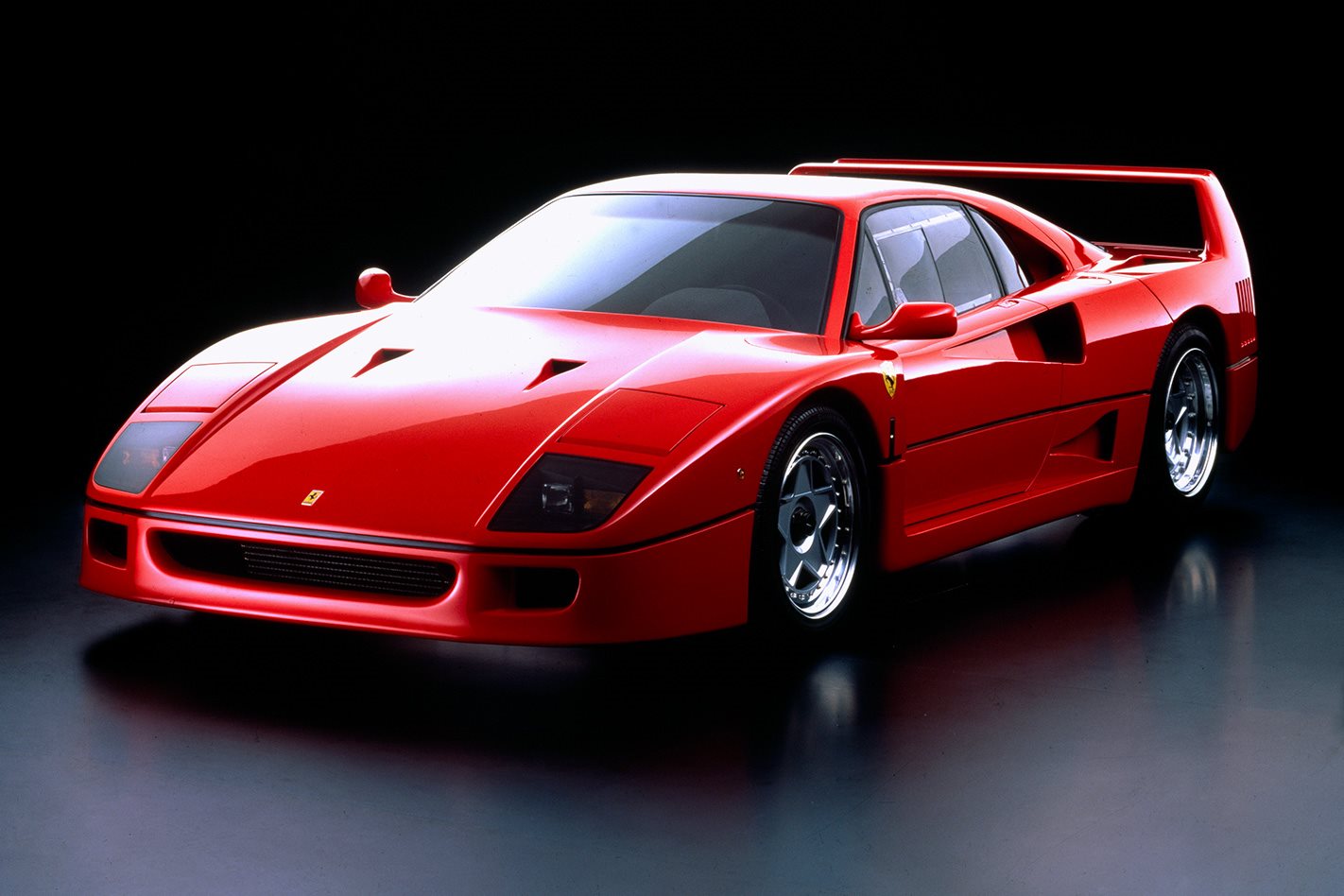TURBOCHARGING is, today, associated as much with efficiency and economy as it is with performance, which makes it easy to forget the technology debuted as the enfant terrible of the automotive world.
Gone are the days when a new turbo car wore unapologetic TURBO decals on its flanks and offered bountiful power in exchange for horrific fuel consumption, almost weekly service intervals and a manic wheezing soundtrack.
Here’s our look back at eight automotive legends that each lit a fuse on the turbo era and blew the science into the 21st century.
1973 BMW 2002 Turbo
Often incorrectly sited as the first series production turbocharged passenger car, BMW’s mental 2002 (shortened by fans to ‘O2’) Turbo demonstrated in spectacular fashion the phenomenon of turbo lag and the importance of observing the tachometer if you don’t like very expensive engine rebuilds.
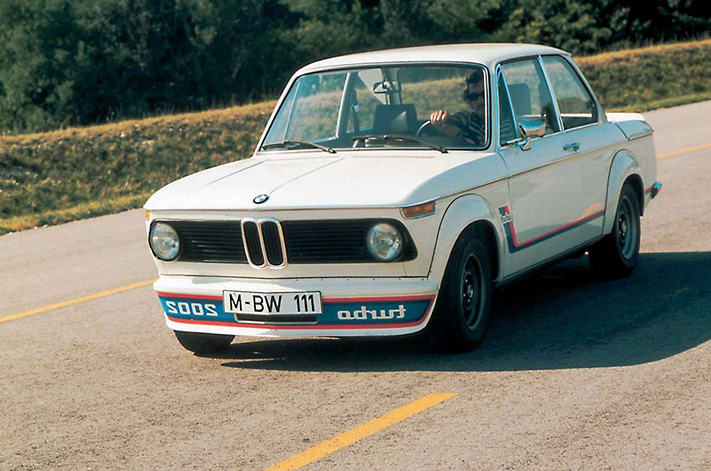
A mere 127kW might not sound like much but it was dumped in the driver’s lap after a seemingly never-ending delay and arrived perilously close to the red line. BMW didn’t realise it at the time but its first turbo car heralded the company’s all-turbo line-up today.
1978 Saab 99 Turbo
Until the late 1970s, Saab was regarded by some as a little stuffy and conservative, but the 2.0-litre turbocharged 99 changed that and lead on to a long line of high-performance turbo and Aero models.
Inside BMW’s South-Korean driving paradise
Its alloy wheel design mimicked the turbocharger’s turbine and impeller blades and a later Turbo S delved into water injection and the same principle applied to BMW’s modern day M4 GTS, for example.
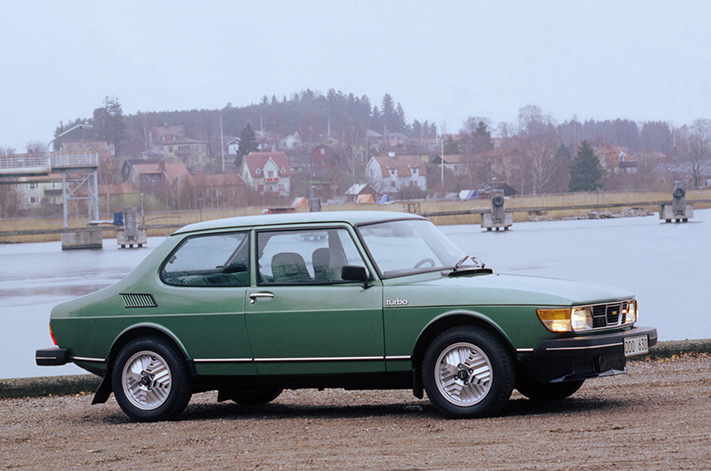
Like turbocharging, four-wheel drive systems are commonplace in passenger vehicles today but back in 1980 the combination of both in the original (Ur) Quattro raised an eyebrow or two. Add to that a weird five-cylinder engine and the Quattro was one seriously odd ball.
Sceptics said the engine wouldn’t balance, its turbo would be unreliable and the all-paw system was a ball-and-chain. And they kept saying that right up until the car took eight world rally titles in four years.
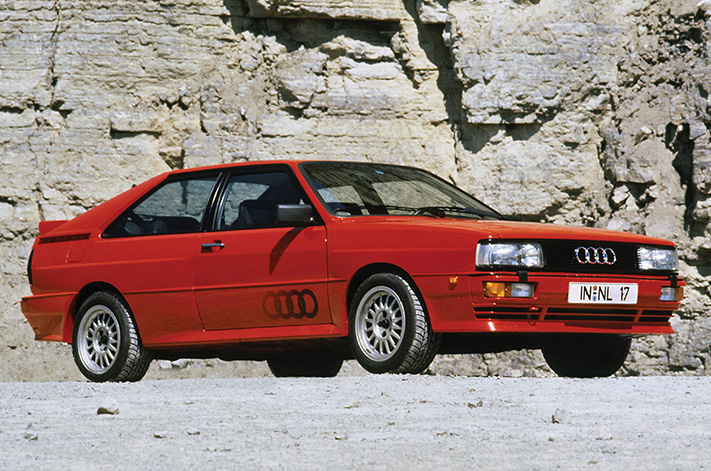
About a decade later, the Subaru Impreza WRX pulled a very similar stunt to Audi’s, when it combined four-wheel drive with an unorthodox turbocharged engine to produce rally dominating results.
When the homologated WRX rolled out to high-street showrooms, its potent and highly tuneable boxer four-cylinder and attainable price tag made it an instant cult classic among performance car enthusiasts, and continues to attract a loyal following today – albeit minus the Impreza moniker.
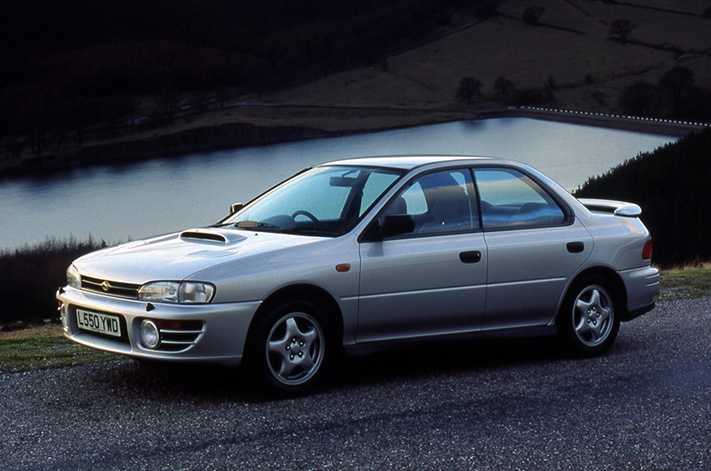
During the 1980s, a number of manufacturers were experimenting with turbocharging to generate massive supercar power outputs in the quest to smash the magical 200mph (322km/h) ceiling including Jaguar’s XJ220 and Ferrari’s turbo interpretation.
Ferrari F40 prototype burns to a crisp
While the Jag started with 3.5 litres and six cylinders, the F40 used just 2.9 litres of V8 to produce an astounding 352kW thanks to sophisticated forced induction. For comparison Alfa Romeo’s 2017 Giulia QV only manages an extra 23kW from the same capacity and with the latest engine technology.
1988 Daihatsu Charade GTti
It would be easy to focus only on the axle-snapping horsepower heroes of the emerging turbo era but Daihatsu’s diminutive Charade GTti is deserving of a mention despite only having 1.0-litre of displacement under its little bonnet.
With just three cylinders and 993cc at its disposal, the GTti made up for its tiny engine with some serious tech for the time. Four valves per cylinder, twin cams, fuel injection and high-capacity intercooler resulted in the holy grail of 100bhp per litre (74kW).
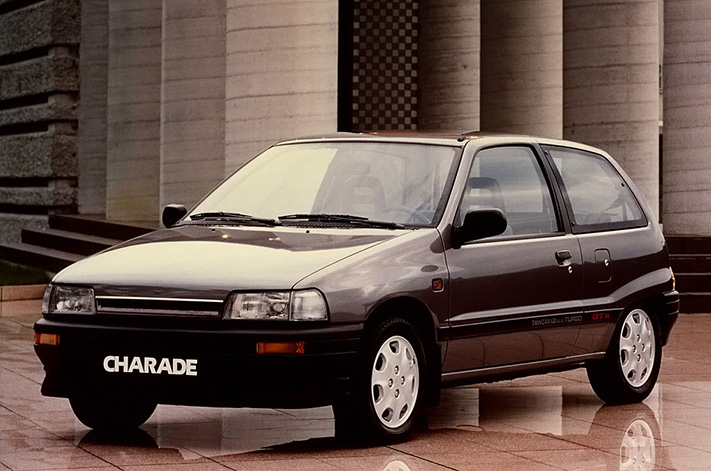
The one that started it all – Chevrolet’s Corvair Monza missed out on the title by weeks, leaving the Oldsmobile to make history with its single-turbo 160kW V8 and a mix of ethanol and water ‘rocket fuel’ injection to suppress the diabolical cylinder detonation.
Its exhaust plumbing piped gas from one bank under the engine to meet the other manifold and the turbo arrangement that pumped already mixed air and fuel would curl the toes of any modern day engine designer, but it proved the turbo principle and is the father of every turbo car on the road today.

The pivotal road cars listed above convincingly proved the potential of turbocharging for performance with impressive power outputs and charismatic delivery, but nothing can even come close to arguably the most extraordinary turbo engine in motorsport.
By the 1986 F1 season, BMW’s tiny 1.5-litre turbo engine had evolved into a monstrous boost beast, powering both the Benetton and Brabham cars. The engine ran on almost pure toluene, had a two-second lag between the throttle opening and maximum boost and could only be tamed by a handful of legendary racing drivers.
How much power? No one really knows because the only available dyno stopped reading at around 1200bhp but it is thought that during qualifying the engine was wicked up to an incredible point somewhere between 800kW and 1000kW. Now that is some serious turbo boost.
